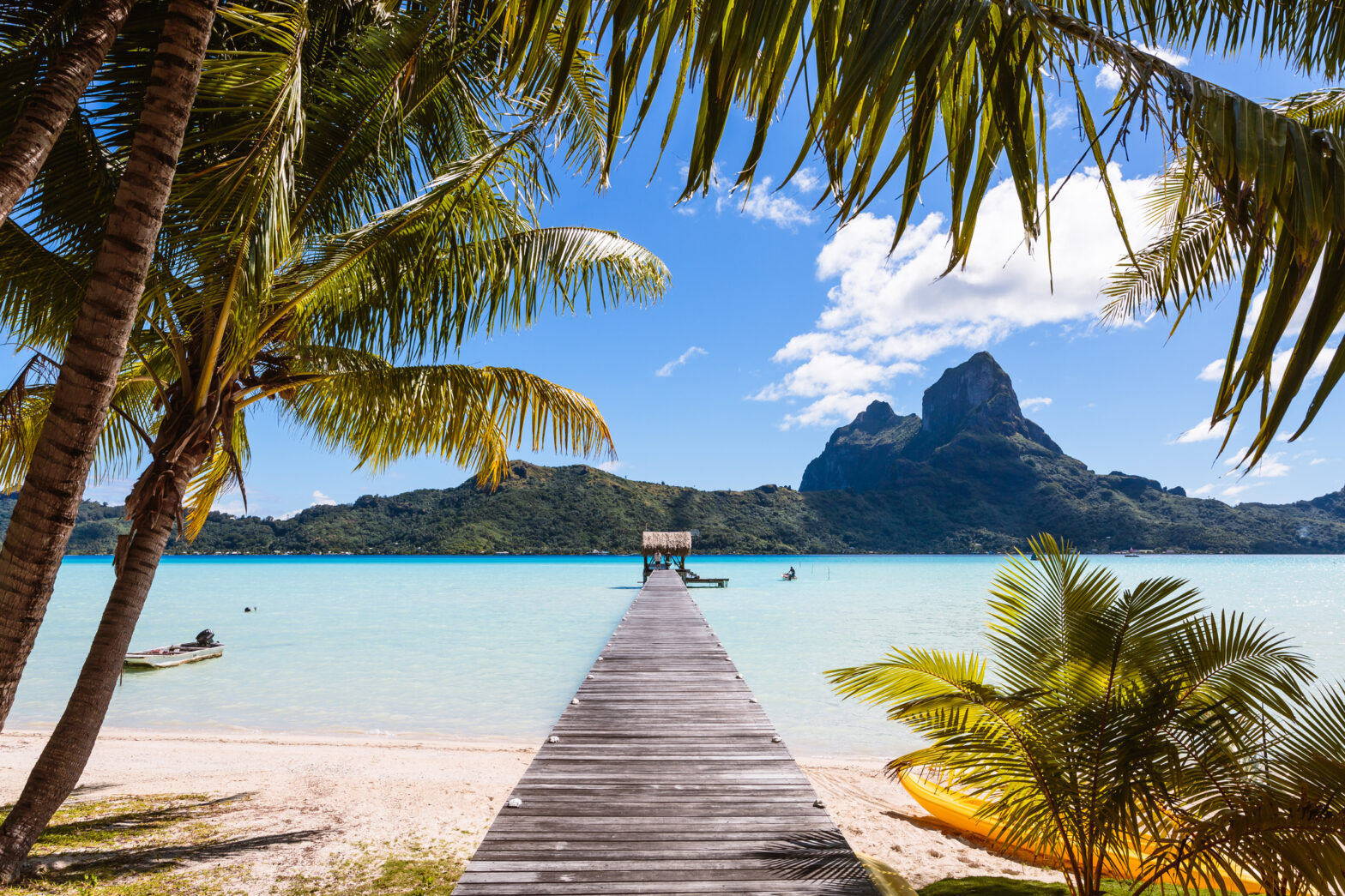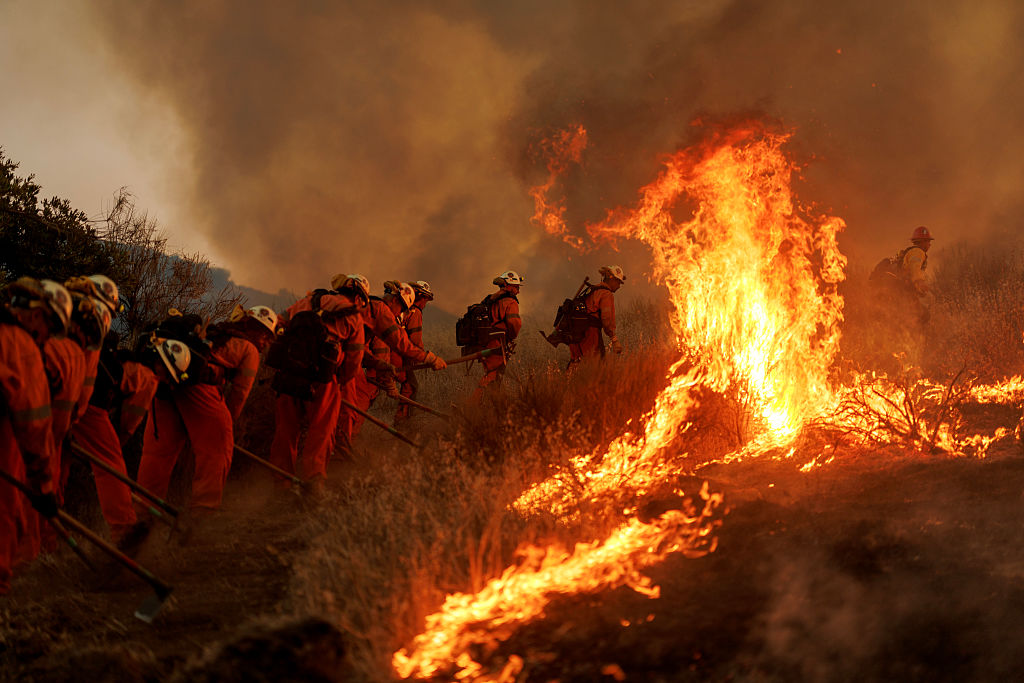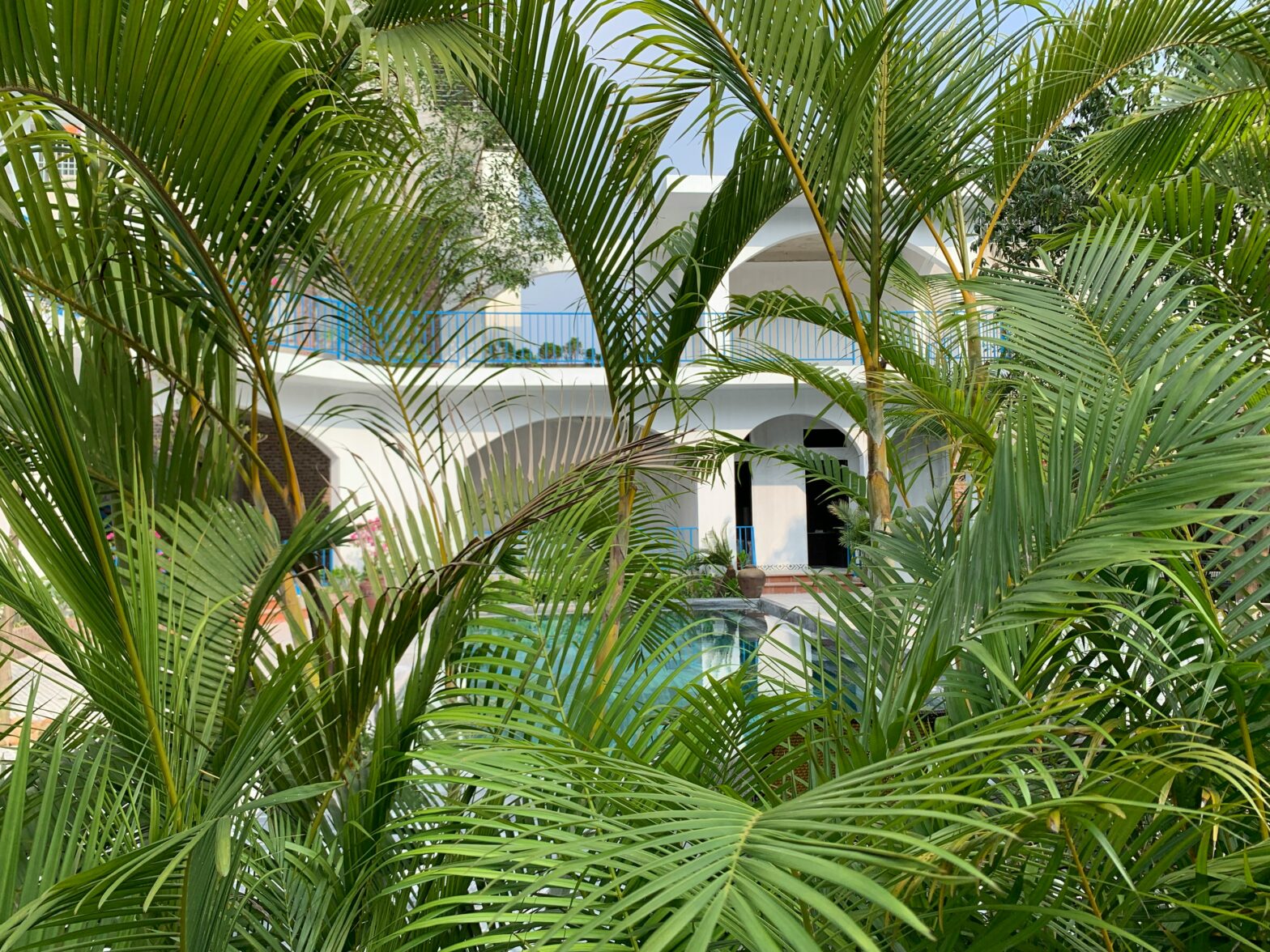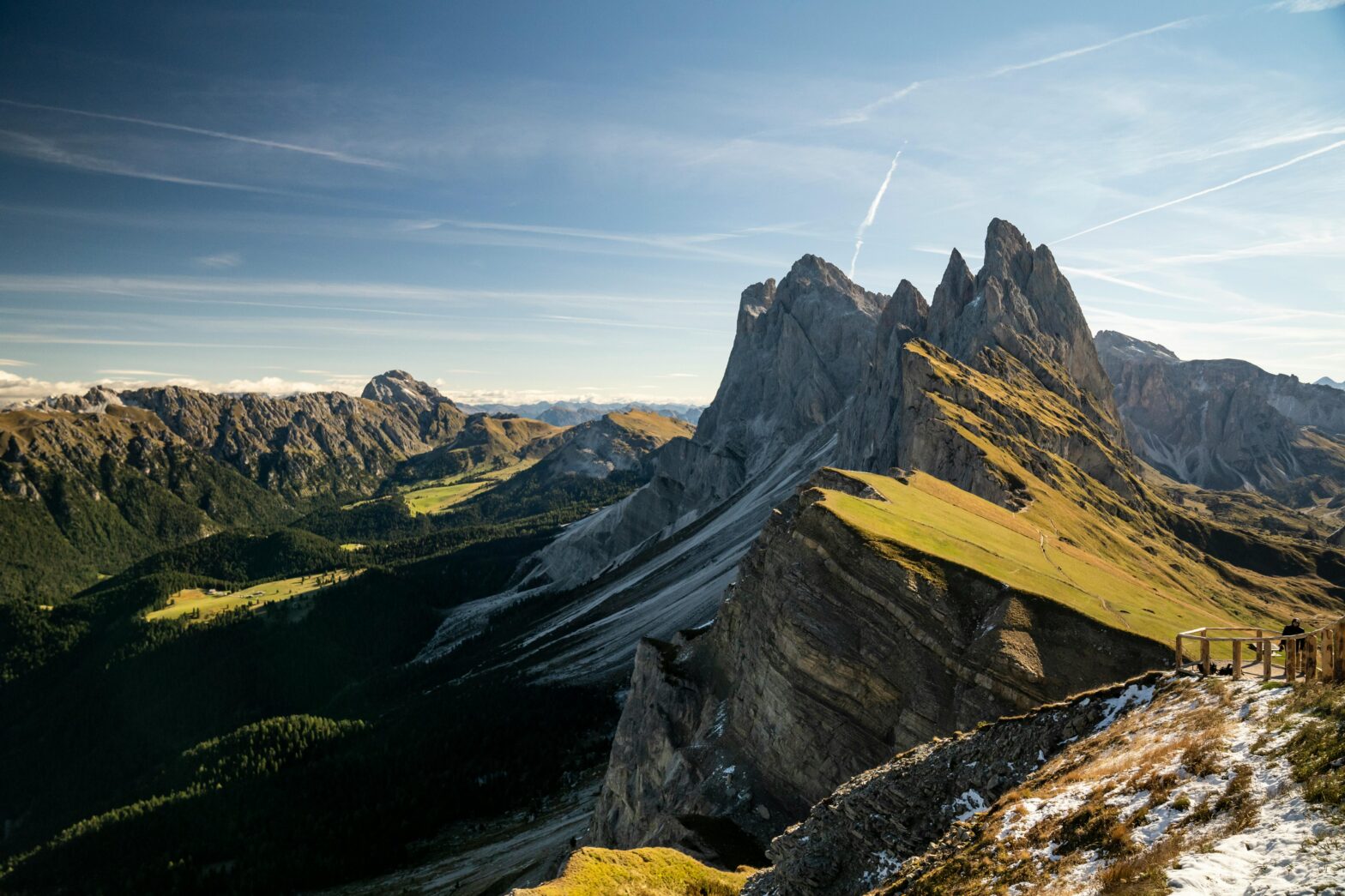Bora Bora is one of the French Polynesian islands, and what a stunner it is. The island itself may be small, but there’s no shortage of activities to enjoy.
This island, like its sister islands, was created by a volcanic eruption approximately seven million years ago. The main island is surrounded by several islets that host many of the best resorts.
The locals principally speak Tahitian and French, but some speak English, especially in hospitality. The mantra here is “aita pea pea,” meaning “not to worry.”
Once you arrive at Faa’a International Airport in Tahiti, take a 45-minute flight to Bora Bora, and you’re in paradise. All you have to decide is how much—or how little—you’ll do.
Check Out World Class Beaches
You can’t visit any island without setting aside time for the beach.
Matira Beach, a public stretch of sand, is celebrated for its crystal-clear waters. It’s on the southern shore of Bora Bora, and if you’re coming from the city of Vaitape, you can bike or take a taxi.
One visitor suggests, “If you choose to drive to Matira Beach, you can find parking spaces near the InterContinental Bora Bora Le Moana Resort.”
Aside from swimming, you can snorkel or book a jet ski. Go on your own jet ski adventure (within limits, of course), or take a guided jet ski tour.
When conditions are ideal, you can sign up for kite surfing lessons. Lastly, there are snack bars, restaurants and boutique shops to explore.
The other top beaches are mostly linked to resorts such as Le Meridien Bora Bora and Conrad Bora Bora Nui, among others.
Eat, Eat, Eat!
Whether you just want a snack or a five-star meal, you’ll find it all in Bora Bora.
Visitors recommend trying the fish, as it is the freshest they’ve ever tasted. One former guest wrote, “Go for ocean fish, rather than lagoon fish. Poisson Cru is a favorite Polynesian dish of tuna marinated in lime and coconut. It’s delicious and healthy.”
The resorts have plenty of restaurants, but try to support the local eateries when possible.
Surf’s Up
As far as surf spots go, there’s Teavanui Pass, which you’ll have to access by boat. The second is Motu Piti Aau. Whichever you choose, you’ll definitely want to have an experienced guide on hand.
So, when is the best time to surf? The Surf Atlas suggests March, April, May and June—the dry season months. The publication, which offers surf reviews, writes, “This is high time for big SW groundswells in the South Seas, which is precisely what you need to filter through the reefs around Teavanui Pass.”
However, within French Polynesia, some surfers say that Tahiti offers better surfing than Bora Bora. You be the judge.
Hiking and Mountain Climbing
In addition to water, snacks and sunscreen, make sure you have your camera with you during your hike. And a guide—that’s the most important part.
Mount Otemanu is the highest point on the island at approximately 2,400 feet above sea level. Like the Pitons of St. Lucia, it can add drama to your photos.
Please note that you won’t be able to reach the summit. However, Viator notes, “Experienced hikers can explore the base of the mountain in the company of a guide, and you can also explore the lower parts of the mountain in a 4-wheel-drive vehicle or see it from above on a helicopter tour.”
If you want to climb a mountain, try Otemanu’s sibling: Mount Pahia. You’ll not only earn bragging rights once you’ve reached the top, but you’ll enjoy jaw-dropping views. Again, make sure you have that camera!
If proper hikes and mountain climbing sound too strenuous, a long, head-clearing walk on the beach is always an option.





